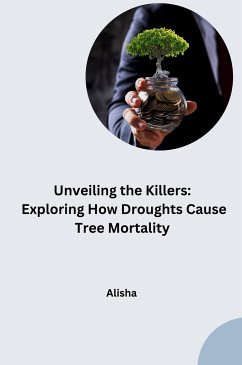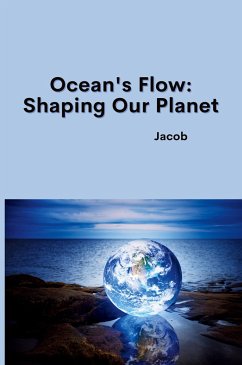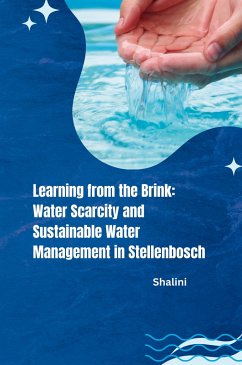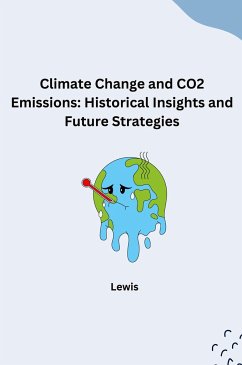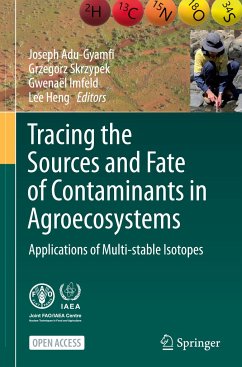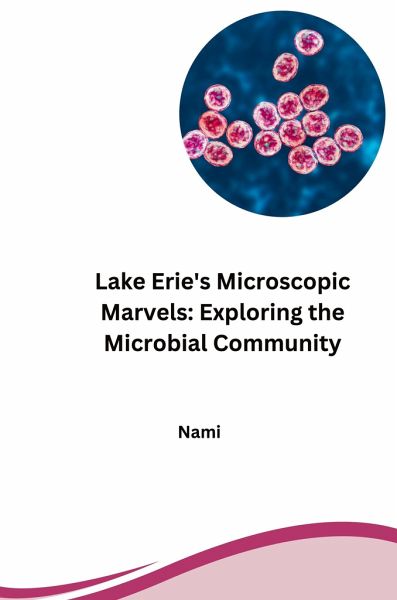
Lake Erie's Microscopic Marvels: Exploring the Microbial Community
Versandkostenfrei!
Versandfertig in 6-10 Tagen
30,39 €
inkl. MwSt.

PAYBACK Punkte
0 °P sammeln!
"Lake Erie's Microscopic Marvels: Exploring the Microbial Community" sparks curiosity about the unseen world within the lake. It highlights the importance of microbes, often underestimated due to their size.The title can be expanded upon by mentioning the vastness or specific functions of this community. Here's an example:"Lake Erie's Microscopic Marvels: Exploring the Microbial Community" dives into the hidden world teeming beneath the surface. This analysis explores the vast network of microbes that play a vital role in Lake Erie's ecosystem. From decomposers cleaning the lake bed to nutrien...
"Lake Erie's Microscopic Marvels: Exploring the Microbial Community" sparks curiosity about the unseen world within the lake. It highlights the importance of microbes, often underestimated due to their size.The title can be expanded upon by mentioning the vastness or specific functions of this community. Here's an example:"Lake Erie's Microscopic Marvels: Exploring the Microbial Community" dives into the hidden world teeming beneath the surface. This analysis explores the vast network of microbes that play a vital role in Lake Erie's ecosystem. From decomposers cleaning the lake bed to nutrient cyclers ensuring a healthy balance, these microscopic marvels are the foundation of a thriving aquatic environment.








